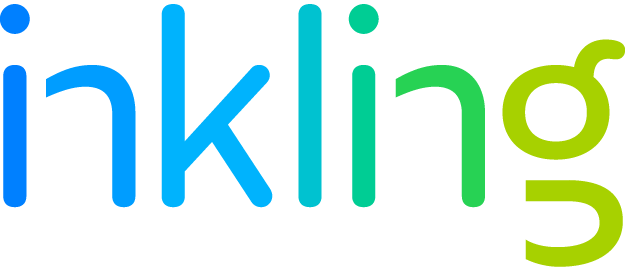Why Operational Training and Knowledge Enables Employees (and You) to Keep Up with the Pace of Business

In today’s fast-paced business environment, operational training and knowledge are critical pillars for organizational success. By investing in modern employee training and development learning tools, companies can efficiently impart essential operational training, ensuring employees possess the necessary skills and knowledge to navigate complex tasks and processes effectively. This not only enhances productivity and performance but also fosters a culture of continuous improvement and innovation. By prioritizing operational training, businesses can stay ahead of industry trends, adapt to market changes, and maintain a competitive edge in today’s dynamic marketplace.
Rethink Learning for the Fast-Paced Workplace
In a world where the pace of work outstrips traditional learning methods, it is paramount to empower employees with cutting-edge training strategies. Forget the outdated ‘teach, study, test’ routine that falls short in today’s dynamic work environment.
Modern professionals demand learning that matches their on-the-go lifestyle – they want to quickly find, learn, and do. The concept of the lengthy, 3-4 hour trainings is obsolete. Instead, learning must be an always-accessible resource, effortlessly integrating into daily workflows.
Here’s how operational training revolutionizes the learning experience:
- Contextual and self-paced: Tailored learning that fits into the employee’s schedule, not the other way around.
- Anytime, anywhere: Accessible on any device, providing flexibility and reducing downtime.
- Speed to competence: Reduce content development time by up to 60%. That means your employees are equipped with the latest knowledge, precisely when they need it.
Don’t let your business lag due to sluggish traditional training that cannot keep up. Could you envision deploying timely, relevant content within days instead of months? With an operational training and knowledge platform, this is your new reality.
Benefits are twofold – your business stays ahead of the curve, and your employees feel valued, with information at their fingertips, fostering a culture of continuous learning. Can you afford the lag of traditional training methods? Are you ready for the efficiency and engagement that modern training technologies bring to the table? Choose progress. Choose a system that evolves with you. Boost productivity, and amplify employee satisfaction with a smart operational training approach.
2. The fast track to operational excellence
Being at the top of your game is crucial. Whether it’s getting things done more efficiently or wowing customers with top-notch service, everyone’s aiming for operational excellence – doing things better, faster, and cheaper.
But what really gets employees going nowadays? Well, it’s not just about the paycheck. Sure, that’s important, but folks want more. They want to feel like they’re learning, growing, and nailing it at work. That’s why it’s key to make sure that employee training isn’t just some separate thing they do on the side, but something that’s seamlessly integrated into their everyday tasks.
Imagine this: Your team can access training whenever they need it, right in the middle of their workday. No more waiting for some scheduled session or digging through endless manuals. They can just grab the info they need on the fly and keep moving. That’s the kind of setup that not only helps individuals shine but also keeps your whole operation running smoothly.
When your team has easy access to learning resources and can pick up new skills on the fly, they’re more empowered to tackle whatever comes their way. And that’s what sets your business apart – a crew that’s always on the ball, always improving, and always ready to take things to the next level.
3. Real-time operational training and knowledge for real-time impact
People forget new information pretty fast too. It’s important to keep this in mind so you can train new employees effectively. Bombarding new hires with too much information during onboarding has a negative effect on how much knowledge they actually retain.
Ebbinghaus’s Forgetting Curve reminds us how fast memory loss occurs: 42% of memorized information is forgotten in 20 minutes, and 67% is gone within a day. That’s clearly the wrong type of speed.
Impactful learning occurs when training includes immediate action. With an operational training and knowledge solution, information is always on-demand and accessible on any device, which means learning happens in the moment. This kind of active learning helps employees retain information (90% knowledge retention) and deliver better performance.
Work moves fast. Learning must keep pace and not slow down your employees or your business. The proof is in the numbers: Net Promoter Scores (NPS) show that traditional learning systems score a -57, while modern learning tools achieve a +32 NPS. Today’s employees want—and deserve—modern tools that enable them to match expectations and perform at the speeds expected in the workplace.



